You may have heard the names Ultram and tramadol within the context of opioid-like prescription painkillers and wondered is Ultram the same as tramadol?
Yes, Ultram is the same as tramadol. Ultram is the brand name of the generic drug tramadol. Tramadol is also available in brand names including Ultram ER which is an extended release version of Ultram, ConZip, and Enova RX.
Tramadol, which is the same as Ultram, is given to patients to provide pain relief when over-the-counter options wouldn’t likely work, and it also creates a sense of well-being in users. It is classified as an opioid narcotic, but it’s also called opioid-like and narcotic-like because it does have a little bit of a different chemical structure than other narcotics.
How Is Ultram Used?
So, after answering “is Ultram the same as tramadol,” you may be wondering how this prescription drug is used.
New Year, New Beginnings.
Whether you are struggling with addiction, mental health or both, our expert team is here to guide you every step of the way. Don’t wait— reach out today to take the first step toward taking control of your life.
One of the most common ways Ultram or tramadol is used is as a pain reliever for as-needed pain. The immediate-release form of Ultram is often prescribed to patients as a tablet that can be taken every four to six hours as needed, often following something like surgery.
Ultram or tramadol can also be taken in an extended-release version, available as a tablet or capsule. The extended-release versions of Ultram have more medication in a single dose than the immediate release Ultra, and the medicine releases gradually in the user’s body over a period of time. Extended release Ultram should usually only be taken once a day, and it’s intended for use by people with chronic pain. It’s important for people taking the extended release version of Ultram to understand that they should never crush it or try to take it in any way other than directed because they will get a dangerously powerful dose of medicine all at one time.
The dosing of Ultram depends on the individual patient and factors like their history of substance abuse and the severity of their pain, but in general, for moderate to severe pain adults would be instructed to take an Ultram dosage of 50 to 100 mg every four to six hours. Dosages may be increased if needed, but the dose shouldn’t exceed 400 mg per day in most cases. With the extended release version of tramadol/Ultram, the dosage usually starts at 100 mg once per day, and that may increase, but patients shouldn’t take more than 300 mg per day.
What to Know About Ultram
Tramadol, which is the same as Ultram, does have some risks associated with its use. It was originally introduced to the market as an opioid-like pain reliever that had a safer profile and lower risk of abuse than other narcotic opioids. In recent years there has been research showing that while it may be somewhat safer, there is still certainly a risk of abuse with Ultram.
When someone takes Ultram they may develop a physical dependence, and the withdrawal from this drug can be somewhat severe because it has components of an opioid, but it also impacts the brains norepinephrine and serotonin, so there are two different aspects of withdrawal that can occur.
Ultram shouldn’t be taken with several other types of drugs including antidepressants because it can cause serotonin levels to be raised too high. It can also be dangerous or deadly to take Ultram or tramadol with alcohol, sedatives or other narcotics because the central nervous system can slow down so much that it leads to overdose or death.
Ultram Schedule
Also important to know when looking at the question of “is Ultram the same as tramadol” and important information to know about tramadol/Ultram is the fact that this was moved to a Schedule IV classification just a few years ago. Schedule IV drugs are controlled substances that according to the U.S. DEA do have some potential for abuse and addiction.
So, to sum up, is Ultram the same as tramadol? Yes, Ultram is the brand name of the opioid-like narcotic tramadol. There are also other brand names of tramadol, and it generally impacts the user’s central nervous system to reduce pain and create feelings of well-being. Both tramadol and Ultram are controlled substances according to the DEA and available only by prescription.






